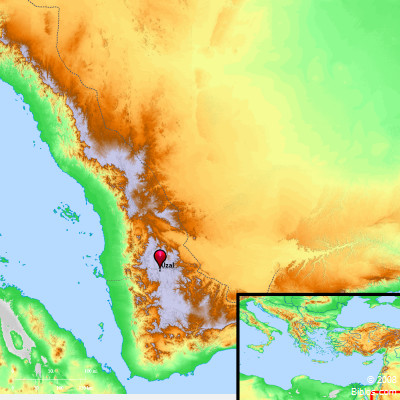Atlas  Uzal and surrounding region Maps Created using Biblemapper 3.0 Additional data from OpenBible.info You are free to use up to 50 Biblos coprighted maps (small or large) for your website or presentation. Please credit Biblos.com. Occurrences Ezekiel 27:19 Vedan and Javan traded with yarn for your wares: bright iron, cassia, and calamus, were among your merchandise.Encyclopedia UZALu'-zal ('uzal): Sixth son of Joktan (Genesis 10:27 1 Chronicles 1:21). Uzal as the name of a place perhaps occurs in Ezekiel 27:19. the Revised Version (British and American) reads, "Vedan and Javan traded with yarn for thy wares." Here an obscure verbal form, me'uzzal, is taken to mean "something spun," "yarn." But with a very slight change we may read me'uzal = "from Uzal." |



